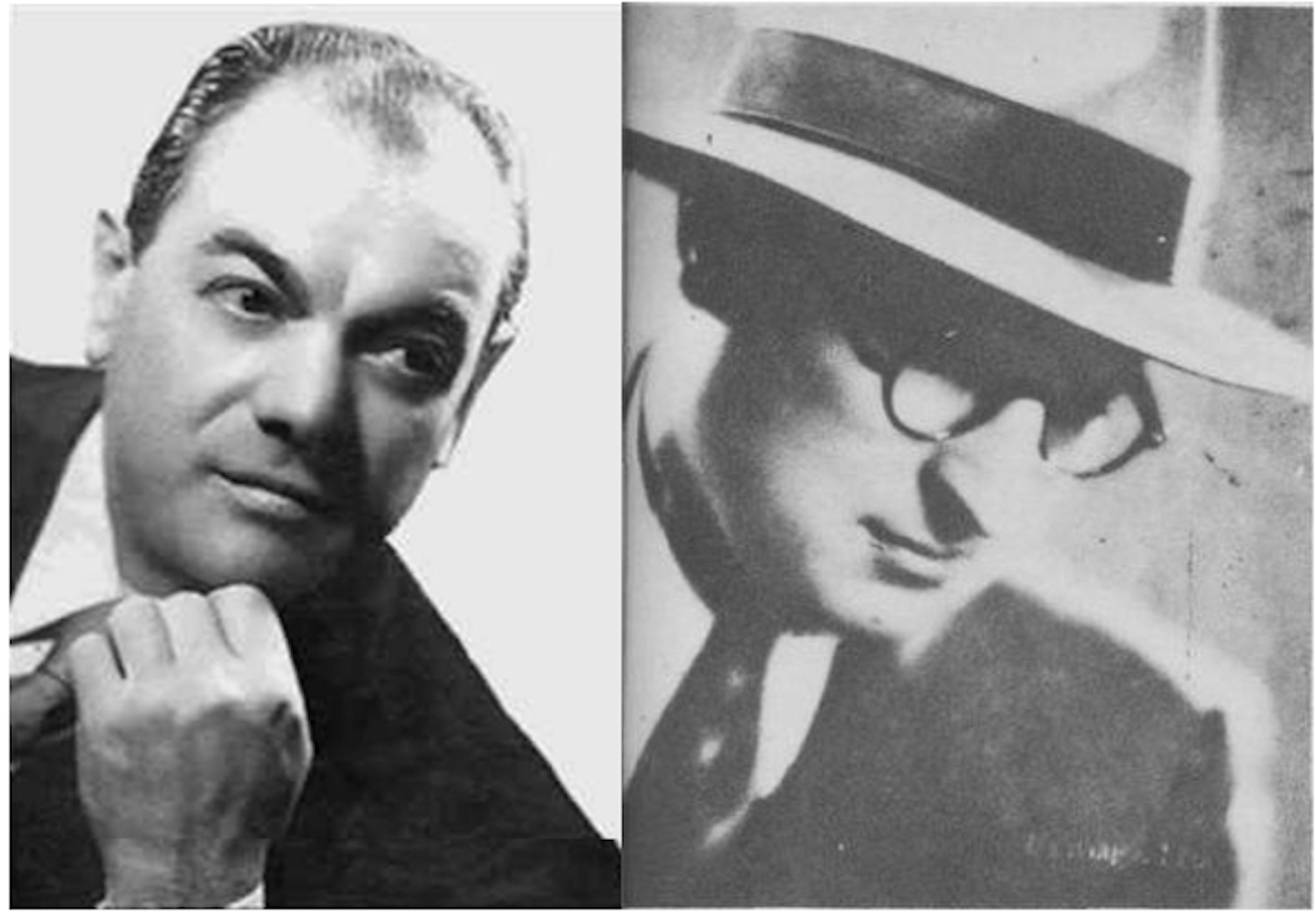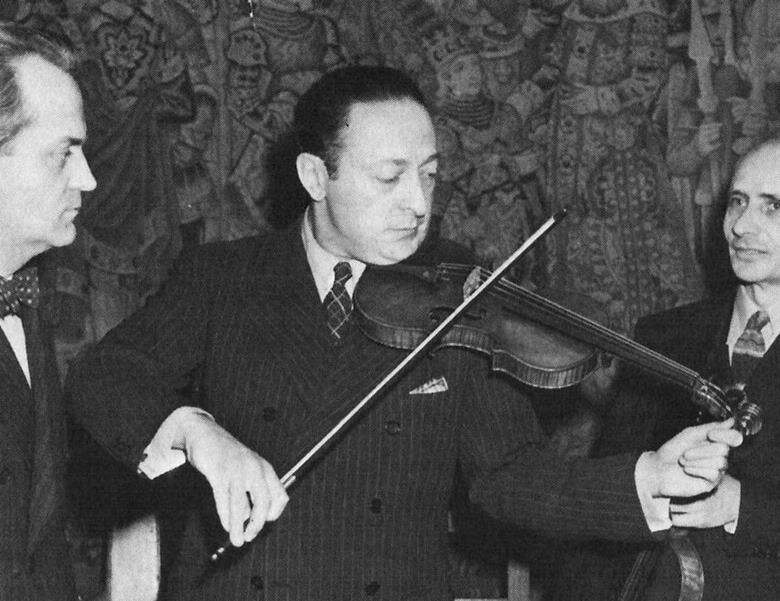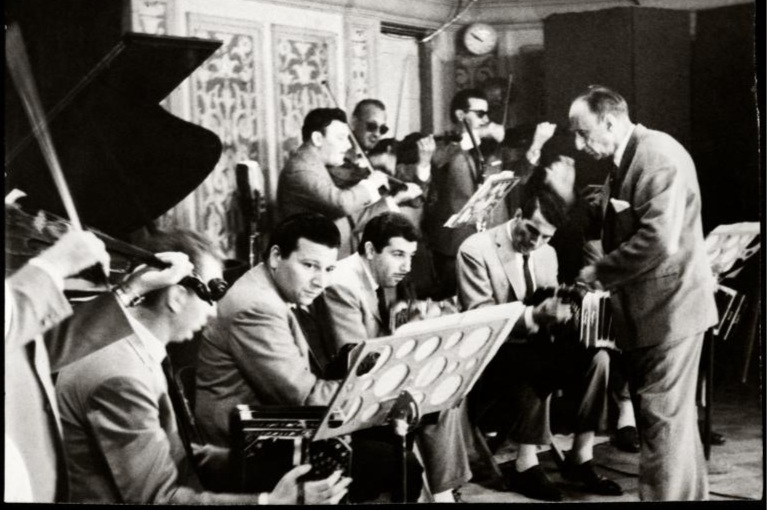Florindo Sassone's musical rendering is often described as a blend of Fresedo and Di Sarli, yet this characterization oversimplifies his unique style. He delivers an elegant violin phrasing complemented by symbolic harp embellishments, accompanied by a quasi-Di Sarlian but lighter accentuation and arrastre…
In the mid-1940s, numerous renowned EdO orquestas gradually halted their recording activities, due to various factors. However, the 1950s witnessed a resurgence of these bands as significant advancements in recording technology enticed them back into the studio. Their goal was to create a clearer and more truthful representation of their musical artistry. Among those…
Alfredo Gobbi, belonging to the early generation of tango musicians, is distinguished by his profoundly expressive violin playing, standing out as the most heartfelt among all tango violinists. Drawing parallels to the classical world, if Elvino Vardaro is likened to Fritz Kreisler, Enrique Francini to Jascha Heifetz, and Raúl Kaplún to Nathan Milstein, then Alfredo Gobbi can be considered the David Oistrakh of tango. His compositions…
Horacio Salgán is often paired with Astor Piazzolla as the two most famous figures who reshaped traditional tango, giving rise to the era of tango nuevo. However, the drastically different trajectories they pursued are also worth further scrutiny. Piazzolla’s aspiration is avant-garde and intellectual, drawing inspiration from classical music giants such as Béla Bartók, Igor Stravinsky, and J.S. Bach, shedding light on his revolutionary journey that eventually veered…
"El Bandoneón Mayor de Buenos Aires," Aníbal Carmelo Troilo. How could I write this chapter without the utmost admiration and respect in my heart? He was not only a musical miracle but also a very social and amicable character in the Porteño literature and art circles, featuring great friendships with, just to name a few, Orlando Goñi, Homero Manzí, and Astor Piazzolla, all of whom greatly contributed to his musical manifestation…
雅沙 · 海菲兹是二十世纪的小提琴之神,也可以说是小提琴历史中最为完美的演奏家。海菲兹先生对我的人生轨迹有着至关重要的影响。还记得2002年时的我还是一个学习小提琴的男孩,我和母亲于夏天走访成都,在新华书店的CD架上我偶遇了这张专辑:RCA红印鉴 — 西贝柳斯/普罗科菲耶夫第二/格拉祖诺夫协奏曲集。这三名作曲家的名字我一位都不认识,出于好奇心与对知识的渴求,我将它买了下来并翻来覆去地听…
Jascha Heifetz is the fiddle god of the 20th century and arguably the finest violin virtuoso of all time. Mr. Heifetz has tremendous impact on my life path. It all started in 2002 when I was a boy studying the violin. Visiting Chengdu with my mom, I encountered his album RCA Red Seal: Sibelius, Prokofiev No.2, Glazunov Concertos on the shelf of a bookstore. I didn’t know any names of these composers. Out of my curiosity and thirst for knowledge, I bought it and listened to it again and again…
From a historical point of view, no other tango musician could compare with the dazzling achievements of Sexteto Julio De Caro, which successfully brought tango music from the crumbling port and suburban soil to the shining, steady wooden floors of salons and concert halls. He is the tango version of Duke Ellington, the instrumental incarnation of Carlos Gardel, with whom he unlocked the glorious stage of tango art during the Guardia Nueva…
Just like Gardel, Carlos Di Sarli and Orlando Goñi, Rodolfo Biagi, the “Witched Hands,” left us with a young age and successfully made himself a popular myth. He unveiled his LP age in April 1950, and finally bequeathed us in total 54 recordings of high fidelity, featuring…
Get ready to immerse yourself in an extensive collection of albums because we are talking about El Rey del Compás! As a contracted artist with Víctor for 40 years, Juan D’Arienzo recorded nearly a thousand tracks until the last year of his life. His complete oeuvre bears witness to the evolution of sound technology and…
Thanks to early LP production technology, there is a possibility of obtaining a small number of Osvaldo Pugliese’s recordings in their best sound quality when specific LPs in good condition are at hand. Notable examples include "N.N.," "La Cachila," the Stentor recordings, etc. In general, with a discreet selection...
The term "Definitive Version" is frequently used among audiophiles to describe the best available and decisive version of historical transfers. In the classical music domain, various small companies are widely known for their establishment in the industry, such as Pearl and Biddulph in the 78rpm domain, Grandslam…
Tango belongs to the world.













